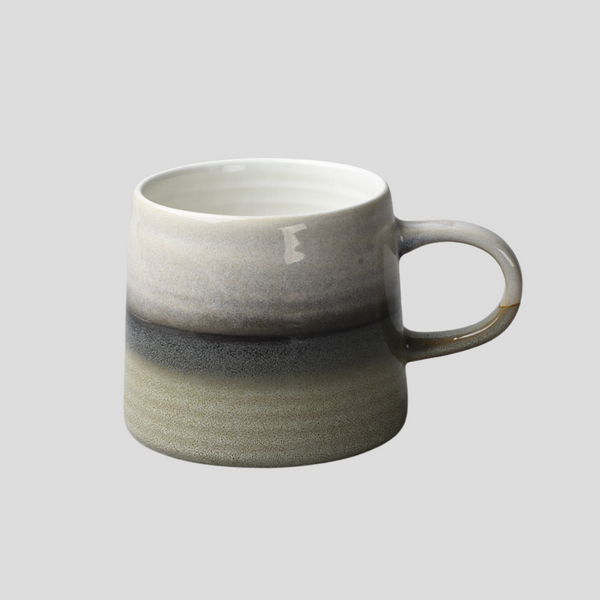
Top Tools for Mastering Clay Sculpture
Top Tools for Mastering Clay Sculpture
Creating with clay is an art form that dates back thousands of years, offering a tactile and versatile medium for artists to express their creativity. Whether you're a seasoned sculptor or a beginner, having the right tools in your arsenal can significantly enhance your ability to shape, texture, and detail your clay creations. Here’s a guide to the top tools essential for mastering clay sculpture.
1. Clay Modeling Tools
At the heart of any sculptor’s toolkit are the clay modeling tools, often referred to as ribbon tools or loop tools. These tools come in various shapes and sizes, designed for carving, cutting, and shaping clay. They enable artists to remove clay with precision, create smooth surfaces, or add intricate details. A basic set usually includes a wire clay cutter, a loop tool, a rib tool, and a needle tool, covering most of the fundamental sculpting needs.
2. Wire End Tools
Wire end tools, similar to ribbon tools, are essential for detail work in clay sculpture. They have a wire loop at one or both ends, making them perfect for creating fine lines, textures, or small holes. Their flexibility allows for subtle manipulations of the clay without removing too much material. These tools are particularly useful for adding hair, fur, or feather textures to your sculptures.
3. Ribs and Scrapers
Ribs and scrapers are invaluable in shaping and smoothing your clay works. Made from metal, wood, or rubber, these tools help compress clay, smooth surfaces, and shape curves. Flexible metal or rubber ribs are excellent for smoothing and finishing, while rigid wooden or metal ribs are ideal for compressing clay and creating sharp edges. Their varied shapes and flexibilities offer control over the clay's form and surface finish.
4. Potter's Needle
A potter's needle is a simple yet indispensable tool for clay artists. This long, sharp needle fixed to a wooden or metal handle can be used for scoring clay before joining pieces, cutting small openings, or creating fine details. It’s also especially useful for removing air bubbles from the clay, which can cause issues during the firing process.
5. Wooden Modeling Tools
Wooden modeling tools offer a natural feel that many artists appreciate. They have a variety of shapes, including rounded and pointed ends, making them perfect for modeling, blending, and shaping clay without leaving unwanted marks. These tools are particularly effective for working on larger pieces, where gentle, broad manipulations of the clay are needed.
6. Sponges and Brushes
Sponges and brushes are essential for adding texture and finishing touches. A slightly damp sponge can smooth the surface of the clay, blend seams, or add a texture. Brushes, on the other hand, are great for applying slips, glazes, or for detailed wet smoothing. The versatility of these tools in adding or subtracting moisture makes them invaluable in the clay sculptor’s toolkit.
7. Kiln
A kiln is not a hand tool but is crucial for the process of hardening the clay sculptures. Once the sculpting process is complete, the sculpture needs to be fired at high temperatures to become ceramic. This process, known as kiln firing, transforms the clay piece into a permanent form. There are various types of kilns, from electric to gas-fired, each offering different benefits and control over the firing process.
Mastering clay sculpture requires patience, practice, and the right set of tools. By familiarizing yourself with these essential tools, you can explore the full potential of clay as a medium and bring your artistic visions to life with precision and creativity.
Check out our 5-star rated DIY-toolkit here!
















































